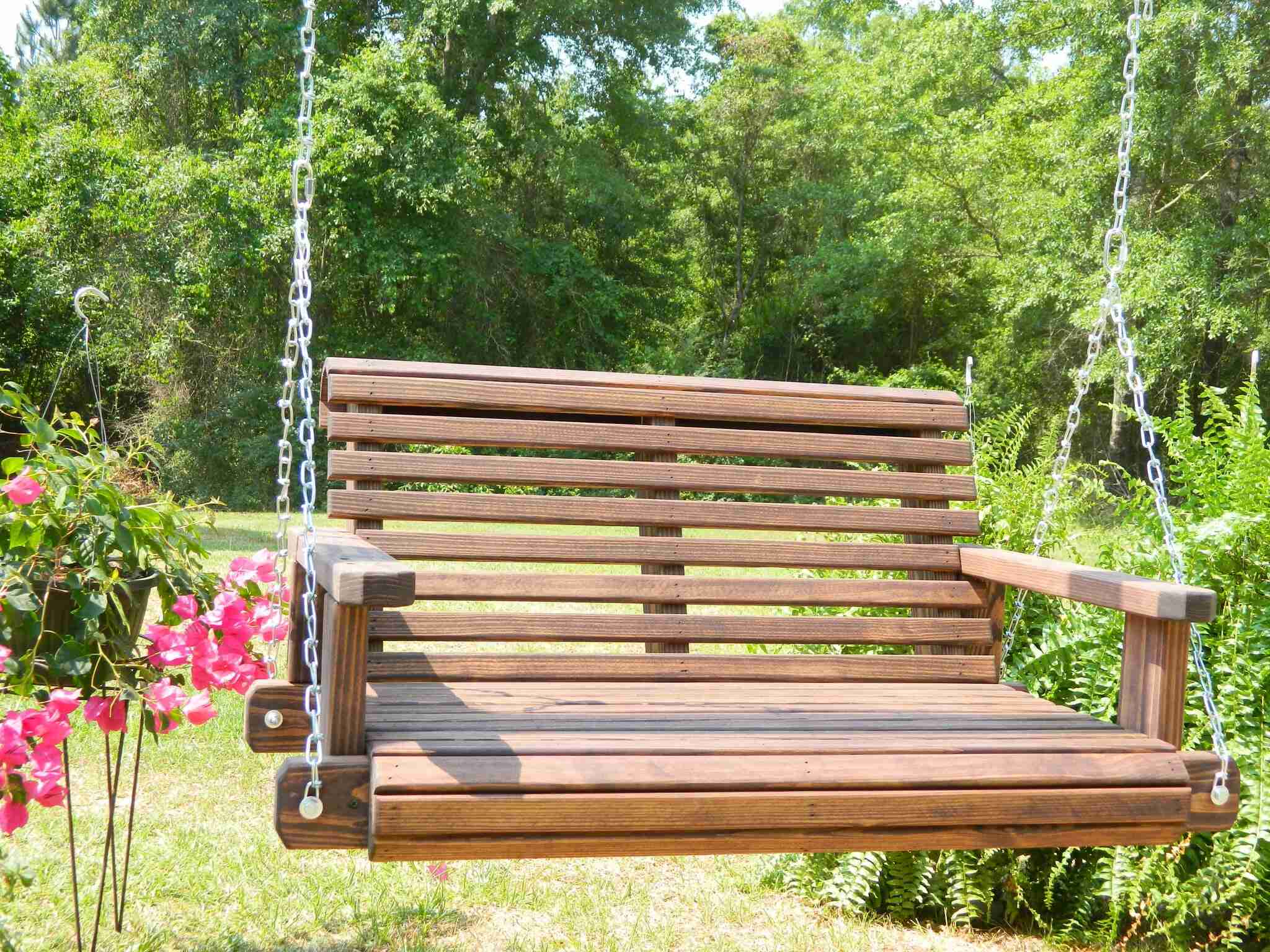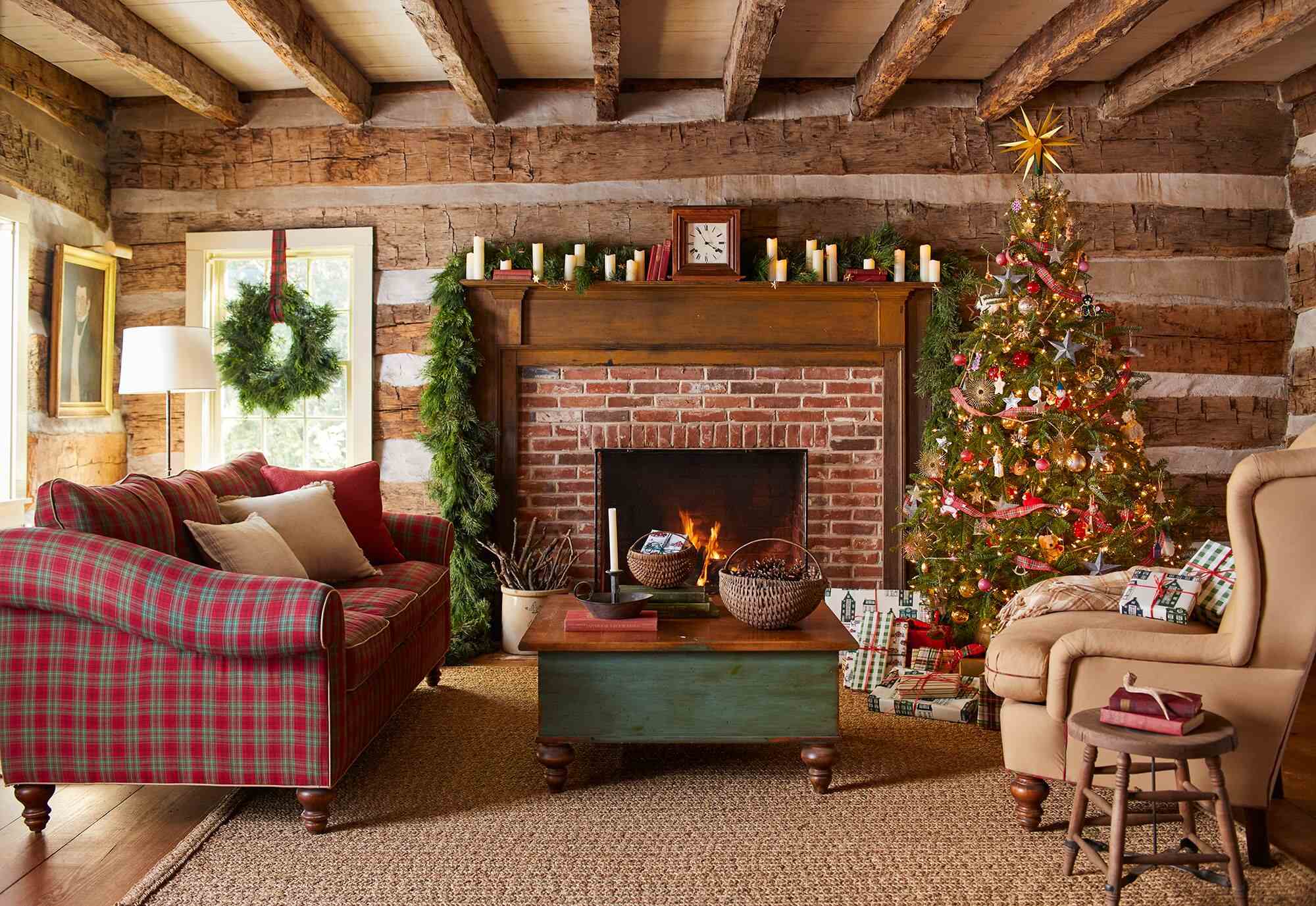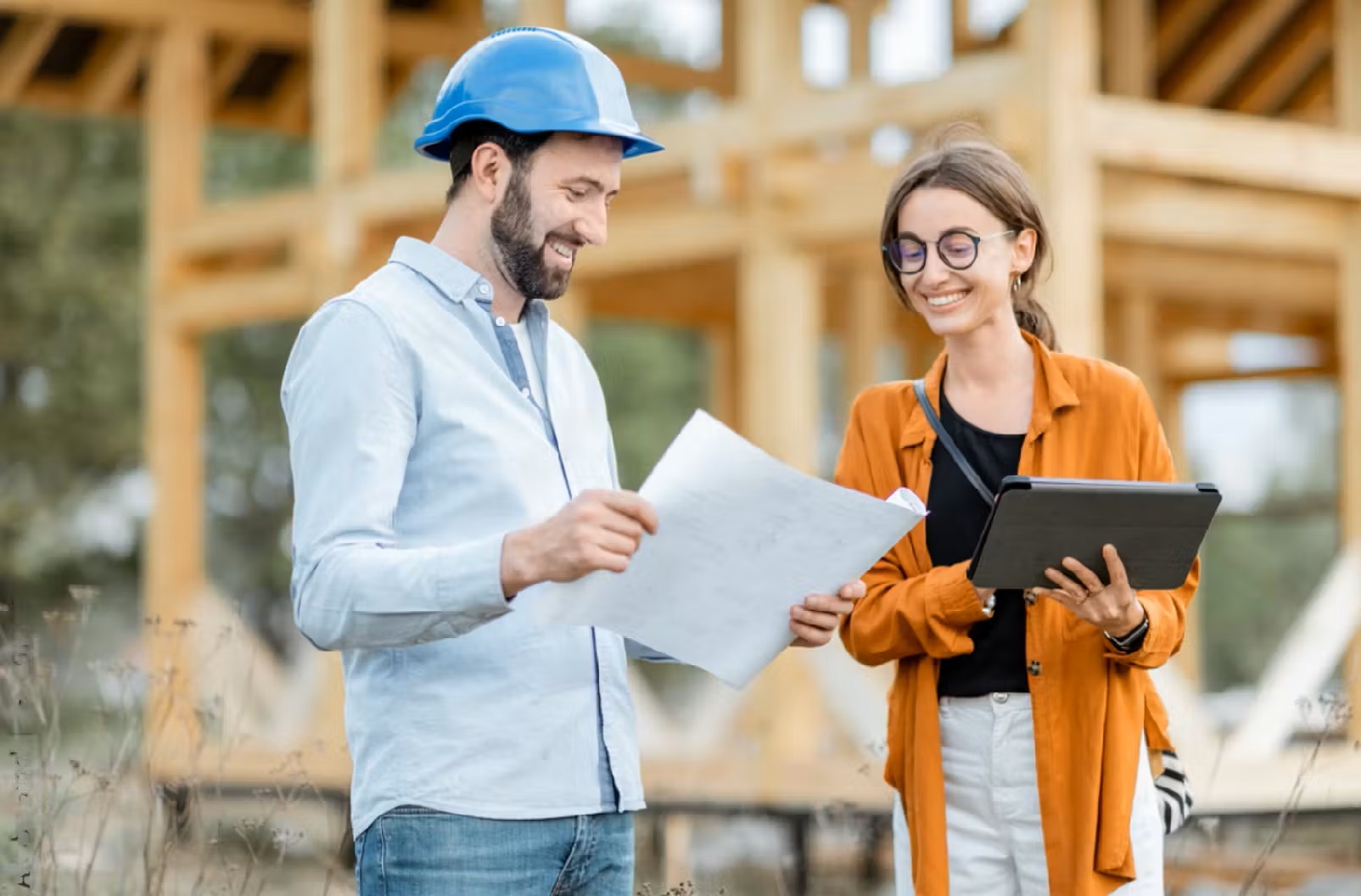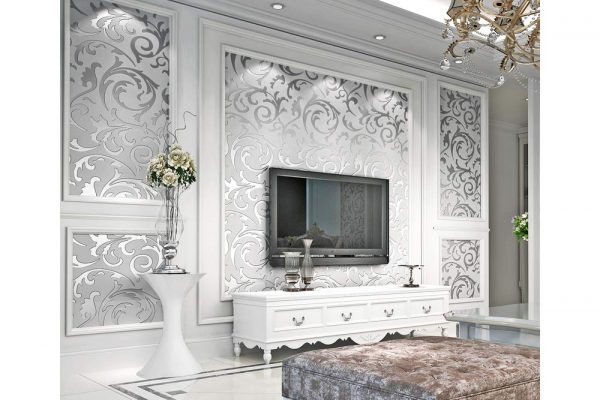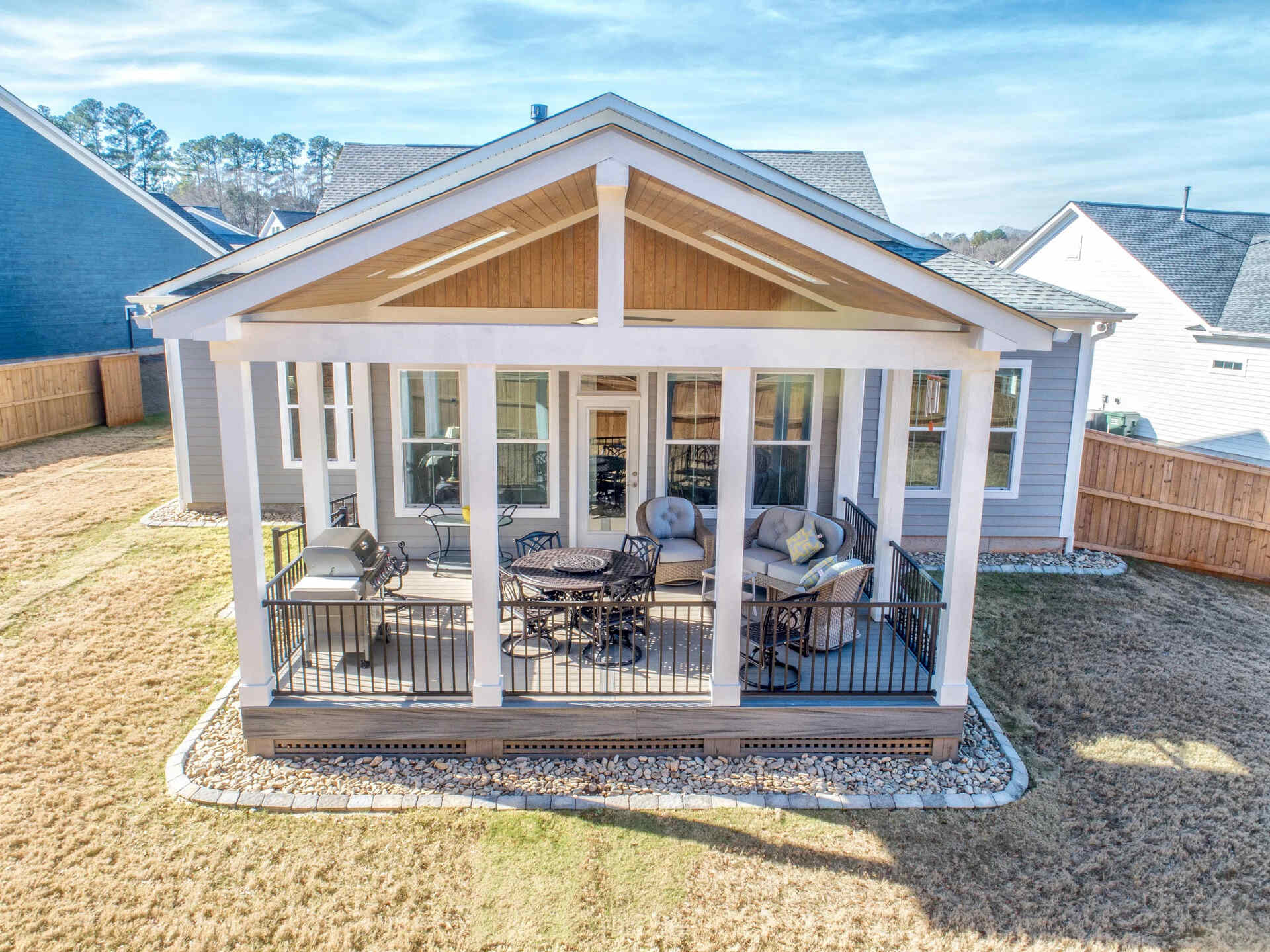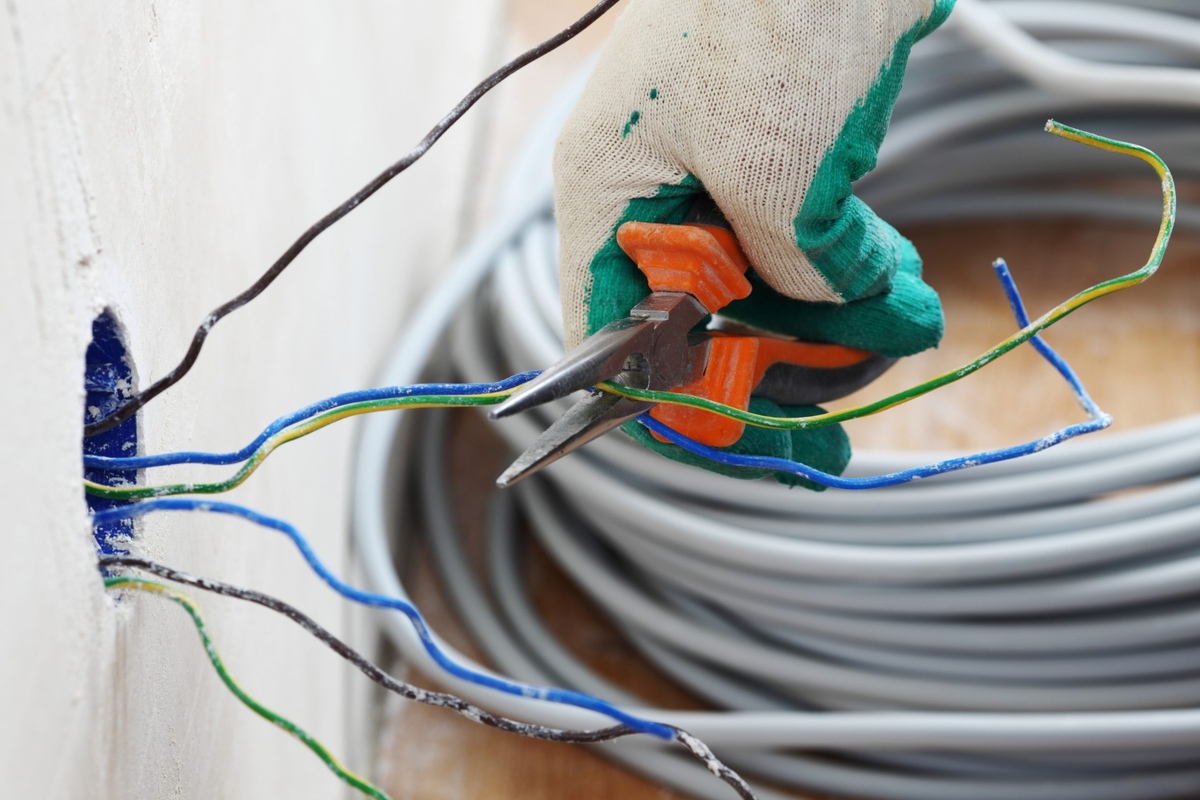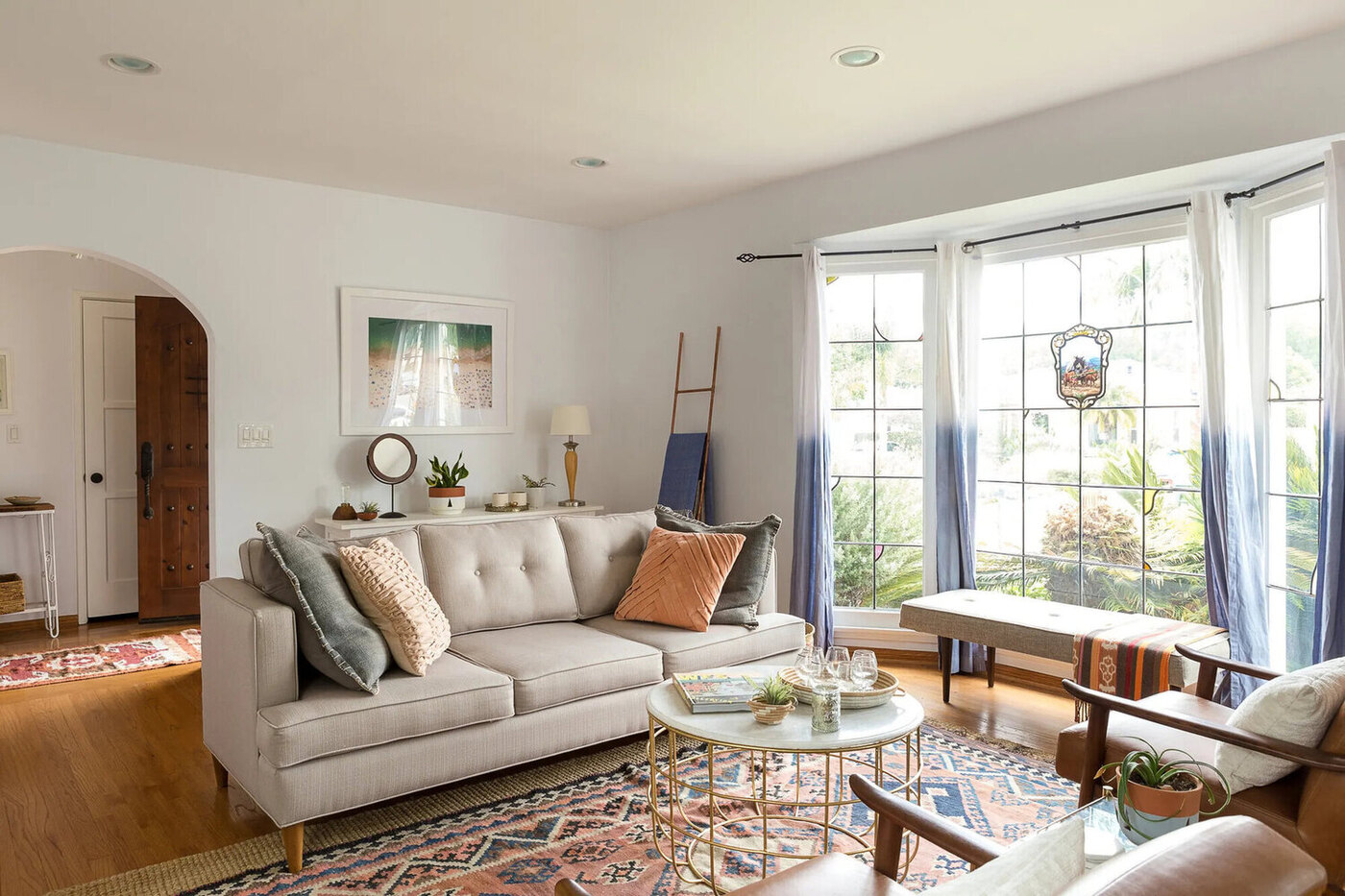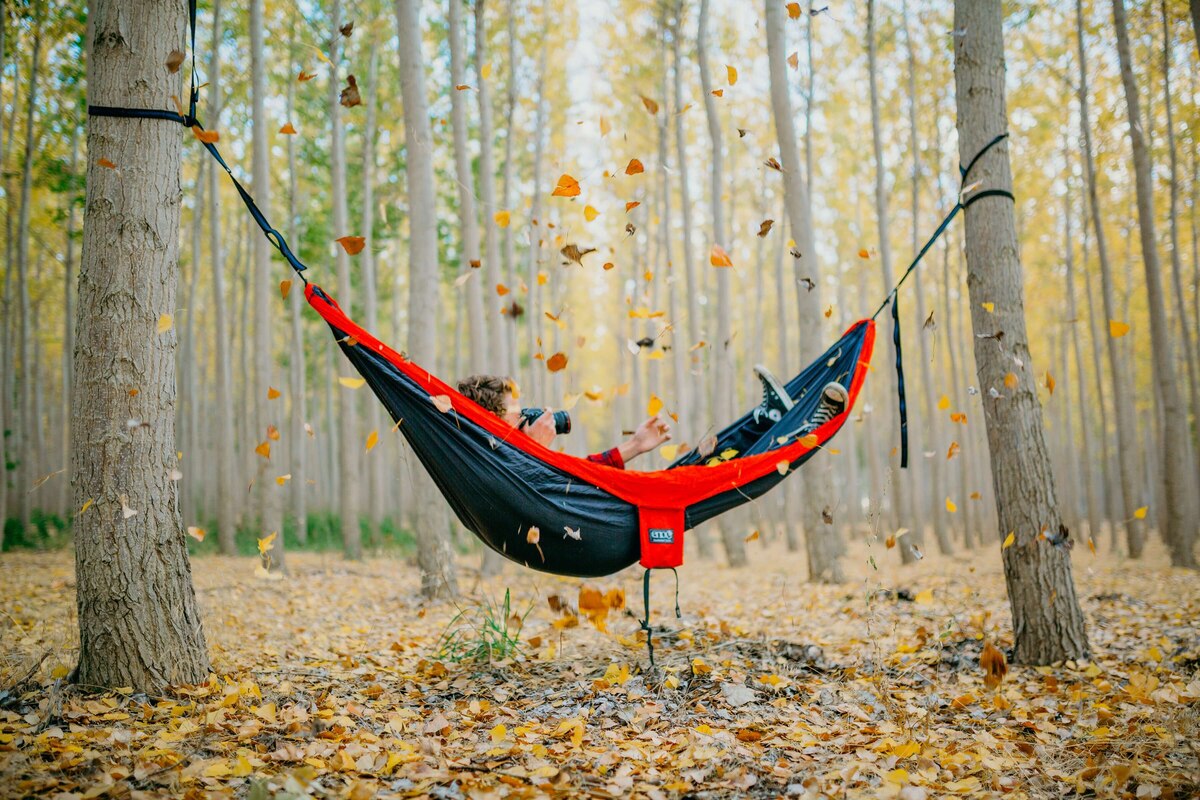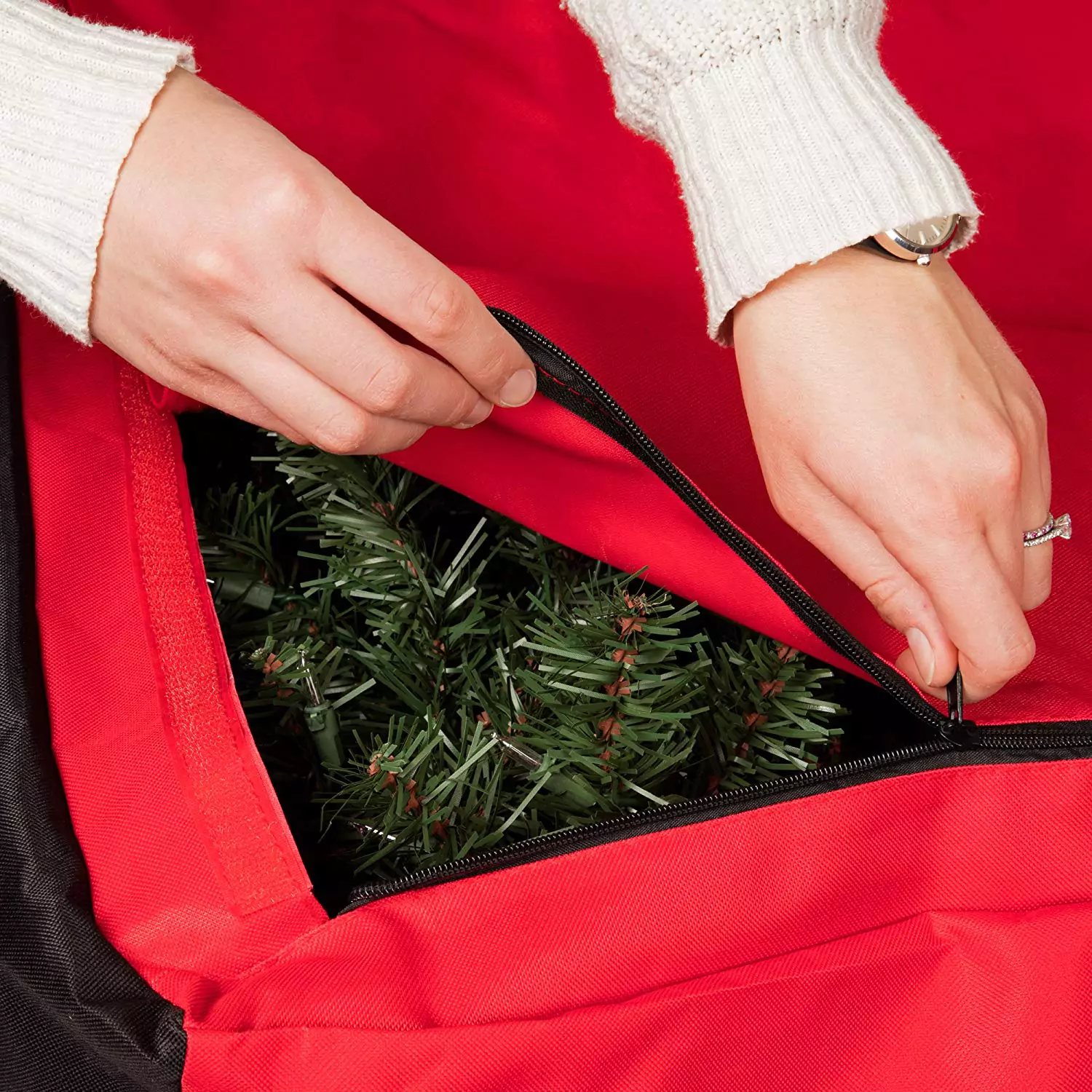Home>diy>Architecture & Design>How To Design A Tree House That Prioritises Safety
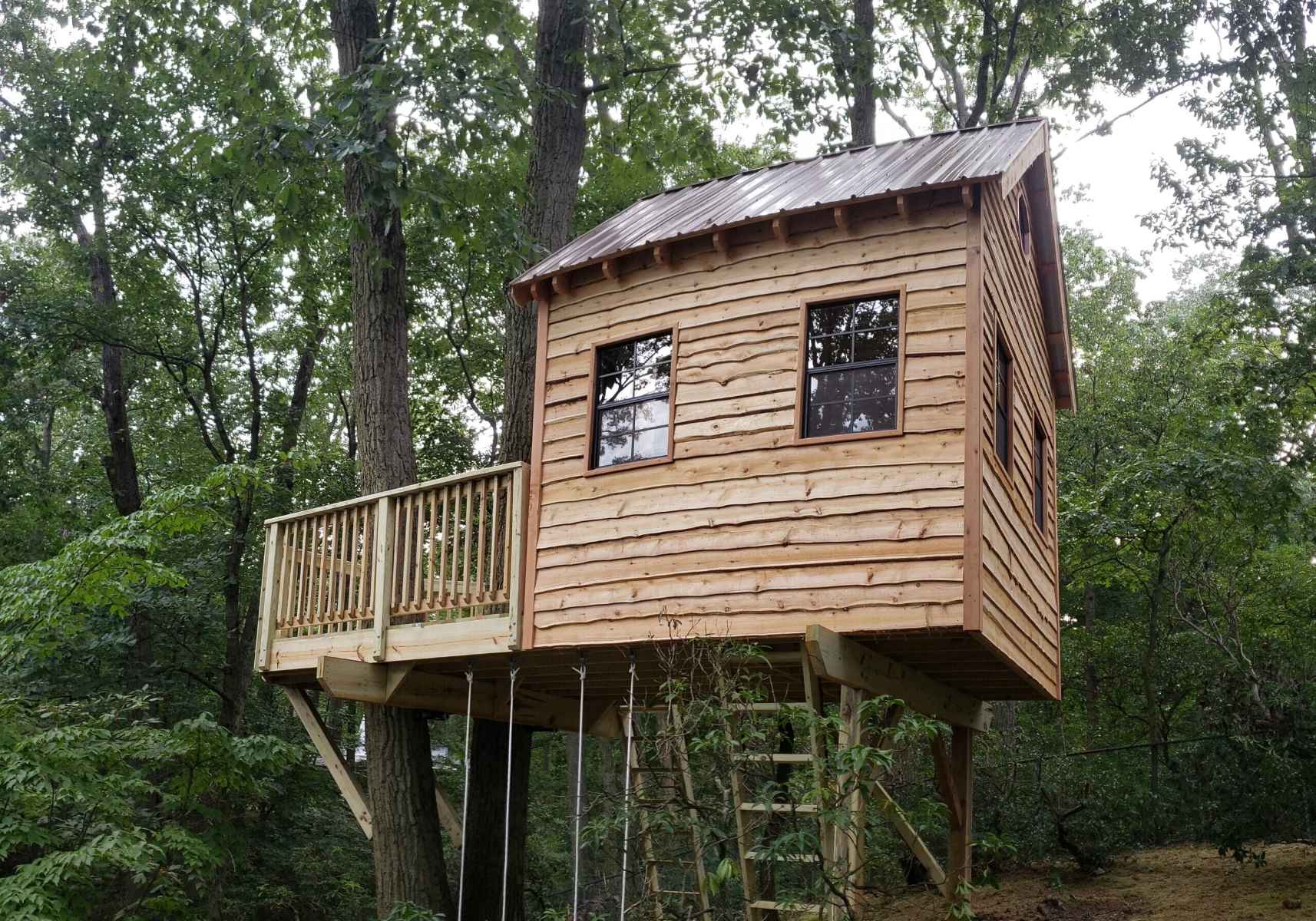

Architecture & Design
How To Design A Tree House That Prioritises Safety
Modified: December 8, 2023
Learn how to safely design a tree house with our expert architecture design tips. Create a dreamy and secure space for your kids to enjoy their adventures.
(Many of the links in this article redirect to a specific reviewed product. Your purchase of these products through affiliate links helps to generate commission for Storables.com, at no extra cost. Learn more)
Introduction
Tree houses have always had a magical appeal, offering a unique and adventurous experience for both children and adults. Designing a tree house requires careful consideration to ensure that it is not only aesthetically pleasing but also safe and structurally sound.
In this article, we will guide you through the process of designing a tree house that prioritizes safety without compromising on creativity and fun. From assessing the location to choosing the right materials, incorporating safety features, and considering accessibility, we will cover all the essential aspects to create a secure and enjoyable tree house.
So, let’s delve into the fascinating world of tree house architecture and discover how to design a tree house that is both breathtaking and safe.
Key Takeaways:
- Designing a safe tree house involves assessing the location, choosing durable materials, and incorporating safety features. Prioritize stability, accessibility, and regular maintenance to create a magical yet secure retreat.
- To design a secure tree house, prioritize tree health, use quality materials, and incorporate safety features. Consider accessibility, ventilation, and regular maintenance to ensure a safe and enduring structure.
Read more: How To Connect A Porch Roof To House
Assessing the Location
Before starting the design process, it’s crucial to assess the location where the tree house will be built. Consider the following factors:
- Tree Health: Ensure that the chosen tree is healthy and sturdy enough to support the weight of the tree house. Look for signs of disease, rot, or structural issues that may compromise the safety of the structure.
- Tree Growth: Consider the growth patterns of the tree. Keep in mind that the tree will continue to grow, so leave enough space between the tree and the structure to accommodate growth.
- Surrounding Environment: Take into account any potential hazards in the surrounding environment, such as nearby power lines, steep slopes, or dense vegetation that may affect the stability of the tree house.
- Accessibility: Evaluate how easy it is to access the tree house location. Consider factors such as the distance from the main house, the presence of pathways or stairs, and the accessibility for individuals with disabilities.
By carefully assessing the location, you can ensure that your tree house is built in a safe and suitable environment.
Choosing the Right Materials
Selecting the right materials for your tree house is vital to ensure both safety and longevity. Here are some factors to consider when choosing materials:
- Wood: Opt for high-quality, pressure-treated lumber or naturally rot-resistant wood species, such as cedar or redwood. Avoid using softwoods that are susceptible to decay over time.
- Hardware: Use stainless steel or galvanized hardware to prevent rust and corrosion. This ensures the structural integrity of the tree house and reduces the risk of accidents.
- Flooring: Choose a sturdy and slip-resistant flooring material, such as composite decking or pressure-treated plywood. This provides a safe surface for walking and playing.
- Roofing: Use durable roofing materials, such as asphalt shingles or metal, to protect the tree house from the elements and increase its lifespan.
- Windows and Doors: Install windows and doors that are specifically designed for outdoor structures. Look for options that provide proper insulation, security, and resistance to water infiltration.
- Finishes: Apply a weather-resistant finish to all exposed wood surfaces to protect them from moisture and UV damage. Regularly inspect and reapply the finish as needed.
Remember, selecting high-quality and durable materials will not only enhance the safety of your tree house but also minimize maintenance needs and prolong its lifespan.
Designing a Stable Structure
When designing a tree house, the stability of the structure is of utmost importance. Follow these guidelines to ensure a stable and secure design:
- Support System: The support system of the tree house should be carefully planned and designed. Use multiple supports, such as beams or braces, to distribute the weight evenly and prevent excessive stress on any one point.
- Attachment Method: Properly attach the tree house to the tree using adjustable attachments, such as bolts and brackets, that allow for the natural movement and growth of the tree.
- Platform Design: Design a solid and level platform for the tree house. Ensure that the platform is well supported and can withstand heavy loads. Consider adding diagonal bracing for additional stability.
- Height and Size: Keep the height and size of the tree house proportionate to the tree and its branches. Avoid placing excessive weight or creating an imbalanced structure that could compromise stability.
- Wind Resistance: Design the tree house to be aerodynamically stable, considering wind loads in your area. Consider the use of angled rooflines and windbreaks to reduce the effects of strong winds.
By incorporating these design principles, you can create a stable and secure structure that will withstand the test of time.
Incorporating Safety Features
Ensuring the safety of occupants is paramount when designing a tree house. Here are some essential safety features to consider:
- Railings and Guardrails: Install sturdy railings and guardrails around the tree house platform to prevent falls. Make sure they are at an appropriate height and have no gaps that could allow a child to slip through.
- Secure Ladder or Staircase: Provide a safe and stable means of access to the tree house, such as a securely attached ladder or staircase with non-slip treads. Ensure that it is age-appropriate and easy to use.
- Handrails: Add handrails to the ladder or staircase to provide additional support and stability while climbing.
- Window Safety: Install window guards or restrictors to prevent accidental falls without obstructing views or ventilation.
- Fire Safety: Incorporate fire safety measures, such as having a fire extinguisher readily available and installing smoke alarms in the tree house.
- Soft Landing: Consider adding a soft landing surface, such as rubber matting or wood chips, beneath the tree house to cushion any falls.
- Regular Maintenance: Regularly inspect the tree house for any signs of wear or damage. Ensure that all safety mechanisms, such as railings and attachment points, are secure and functioning properly.
By incorporating these safety features into your tree house design, you can create a secure and enjoyable space for everyone to enjoy, while minimizing the risk of accidents or injuries.
When designing a tree house, make sure to use sturdy and reliable materials for the structure, and always consult with a professional to ensure it meets safety standards.
Read more: How To Add A Porch To Your House
Ensuring Proper Ventilation and Lighting
Proper ventilation and lighting are essential aspects of designing a safe and comfortable tree house. Here’s what you need to consider:
- Ventilation: Ensure that the tree house has adequate airflow to prevent the build-up of heat and moisture. Incorporate windows or vents that can be opened and closed to control ventilation.
- Natural Light: Maximize natural light by incorporating large windows or skylights. This not only enhances the aesthetic appeal of the tree house but also reduces the need for artificial lighting during the day.
- Artificial Lighting: Install appropriate lighting fixtures to provide sufficient illumination inside the tree house during the evening or nighttime. Use LED lights for energy efficiency and long-lasting performance.
- Egress Windows: Ensure that there are at least two means of exit from the tree house, including easy-to-operate windows or doors. This is especially important in case of emergencies.
- Electrical Safety: If you plan to incorporate electrical outlets or appliances, consult with a qualified electrician to ensure proper wiring and grounding to prevent electrical hazards.
By paying attention to ventilation and lighting, you can create a tree house that is not only safe but also comfortable and enjoyable for its occupants throughout the day and night.
Considering Accessibility
Designing a tree house that is accessible to individuals of all abilities is an important aspect of creating an inclusive and welcoming space. Here are some considerations for ensuring accessibility:
- Ramps or Lifts: Include a ramp or lift system to provide wheelchair accessibility to the tree house platform. Ensure that the slope and width of the ramp are compliant with accessibility standards.
- Wide Doorways: Design doorways that are wide enough to accommodate wheelchairs or other mobility devices. Consider using sliding or swing-out doors to maximize accessibility.
- Clearance Space: Allow sufficient clearance space inside the tree house for users to maneuver comfortably. This includes providing ample space for turning radius and maintaining clear pathways throughout.
- Accessible Features: Incorporate accessible features such as grab bars, lever handles, and low-height switches or controls to enhance usability for individuals with disabilities.
- Comfortable Seating: Include seating options that cater to various abilities and preferences, such as benches with armrests or cushioned seating for individuals with limited mobility.
- Visual and Tactile Cues: Make the tree house accessible to individuals with visual impairments by incorporating braille signs, contrasting colors for improved visibility, and tactile indicators for essential features.
By considering accessibility in your tree house design, you can ensure that everyone can enjoy the wonder and excitement of being in a tree house, regardless of their physical abilities.
Building with Durability in Mind
Building a tree house that withstands the test of time requires careful consideration of durability. Here are some key factors to keep in mind:
- Quality Materials: Use high-quality, weather-resistant materials that can withstand exposure to the elements. This includes using pressure-treated wood, corrosion-resistant hardware, and durable roofing materials.
- Proper Water Drainage: Ensure proper water drainage from the tree house to prevent moisture build-up and potential damage. Incorporate gutters and downspouts to channel water away from the structure.
- Structural Integrity: Build a strong and stable structure by adhering to proper construction techniques. This includes using appropriate support systems, secure attachments, and reinforced joints.
- Protective Coating: Apply a weather-resistant coating or sealant to all exposed wood surfaces to protect against moisture, UV radiation, and insect damage. Regularly inspect and maintain the coating to ensure its effectiveness.
- Regular Maintenance: Perform regular maintenance tasks such as cleaning, inspecting for any signs of damage, and addressing repairs promptly. This helps prolong the lifespan of the tree house and prevents further deterioration.
- Seasonal Considerations: Take into account the seasonal changes and weather patterns in your region when designing and building the tree house. Ensure that it can withstand heavy winds, snow loads, or extreme temperatures.
- Anticipate Tree Growth: Account for the growth of the supporting tree when designing the tree house. Leave enough space for the tree to expand, and make sure the structure can adapt to changes in the tree’s growth.
By incorporating these principles of durability into your tree house design, you can ensure that it remains sturdy, safe, and enjoyable for years to come.
Regular Maintenance and Inspections
Regular maintenance and inspections are crucial for the longevity and safety of your tree house. Here are some important steps to follow:
- Cleaning: Regularly clean the tree house to remove dirt, debris, and potential hazards such as leaves, branches, or animal droppings. This helps prevent moisture buildup and minimizes the risk of slips or falls.
- Check for Damage: Conduct regular inspections to identify any signs of wear, damage, or structural issues. Look for loose fasteners, cracks in the wood, or signs of pest infestation. Address any repairs promptly.
- Tighten Fasteners: Periodically check and tighten all fasteners, such as bolts, screws, and brackets. This ensures that the structure remains secure and stable.
- Inspect Safety Features: Regularly examine safety features such as railings, guardrails, and handrails. Ensure that they are securely attached, free of any damage, and meet the necessary safety standards.
- Maintain Coating or Sealant: Monitor the condition of the protective coating or sealant applied to the wood surfaces. Touch up or reapply the coating as needed to prevent moisture penetration and wood decay.
- Trim Vegetation: Trim any nearby tree branches or vegetation that might rub against or damage the tree house. This also reduces the risk of pests accessing the structure.
- Seasonal Inspections: Conduct thorough inspections after each season to identify any weather-related damage or issues that may have arisen. Address any concerns promptly to prevent further damage or deterioration.
By establishing a regular maintenance routine and conducting thorough inspections, you can identify and address any potential safety hazards or maintenance needs, ensuring that your tree house remains a safe and enjoyable space for everyone.
Read more: How To Design Stairs In A House
Conclusion
Designing a safe and secure tree house requires careful planning, consideration, and attention to detail. By assessing the location, choosing the right materials, designing a stable structure, incorporating safety features, ensuring proper ventilation and lighting, considering accessibility, and building with durability in mind, you can create a tree house that provides a magical and safe experience for all.
Remember to prioritize the health and strength of the tree, use quality materials, and regularly maintain and inspect the structure to ensure its longevity. By following these guidelines, your tree house will become a cherished space where memories are made and imaginations run wild.
So, go ahead and embark on your tree house adventure, knowing that you have taken the necessary steps to design a beautiful and secure retreat high up in the branches.
Frequently Asked Questions about How To Design A Tree House That Prioritises Safety
Was this page helpful?
At Storables.com, we guarantee accurate and reliable information. Our content, validated by Expert Board Contributors, is crafted following stringent Editorial Policies. We're committed to providing you with well-researched, expert-backed insights for all your informational needs.
